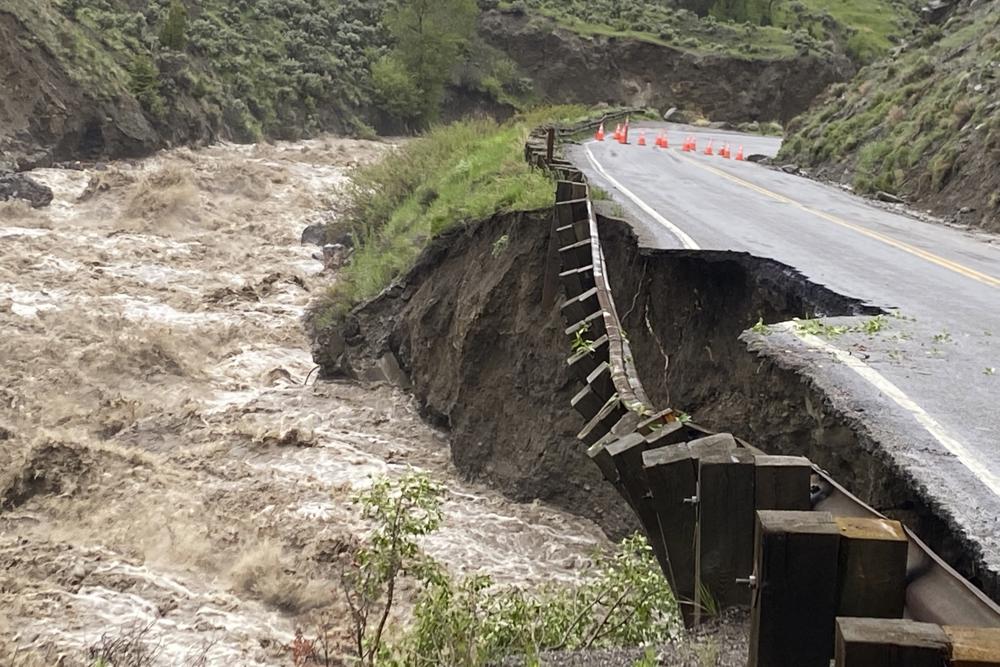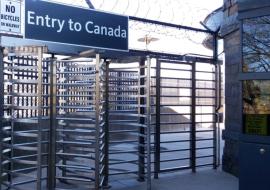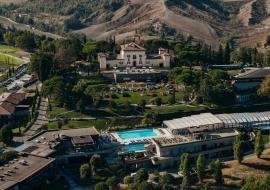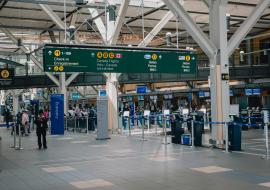Yellowstone Floods Wipe Out Infrastructure, Strand Visitors

Photo: AP
(AP) — Massive floodwaters ravaged Yellowstone National Park and nearby communities Monday, washing out roads and bridges, cutting off electricity and forcing visitors to evacuate parts of the iconic park at the height of summer tourist season.
All entrances to Yellowstone were closed due to the deluge, caused by heavy rains and melting snowpack, while park officials ushered tourists out of the most affected areas.
There were no immediate reports of injuries, though dozens of stranded campers had to be rescued by raft in south-central Montana. Authorities also said they would be assessing a potential “loss of homes and structures” in Montana’s Stillwater County.
Elsewhere, some of the worst damage happened in the northern part of the Yellowstone and the park’s gateway communities in southern Montana. National Park Service photos of northern Yellowstone showed a landslide, a bridge washed out over a creek, and roads badly undercut by churning floodwaters of the Gardner and Lamar rivers.
The flooding cut off road access to Gardiner, Montana, a town of about 900 people near the confluence of the Yellowstone and Gardner rivers, just outside Yellowstone’s busy North Entrance.
The Yellowstone River at Corwin Springs crested at 13.88 feet (4.2 meters) Monday, higher than the previous record of 11.5 feet (3.5 meters) set in 1918, according the the National Weather Service.
Floodwaters inundated a street in Red Lodge, a Montana town of 2,100 that’s a popular jumping-off point for a scenic, winding route into the Yellowstone high country. Twenty-five miles (40 kilometers) to the northeast, in Joliet, Kristan Apodaca wiped away tears as she stood across the street from a washed-out bridge, The Billings Gazette reported.
The flooding happened while other parts of the U.S. burned in hot and dry weather. More than 100 million Americans were being warned to stay indoors as a heat wave settles over states stretching through parts of the Gulf Coast to the Great Lakes and east to the Carolinas.
Elsewhere in the West, crews from California to New Mexico battled wildfires in hot, dry and windy weather.
Scientists say climate change is responsible for more intense and more frequent extreme events such as storms, droughts, floods and wildfires, though single weather events usually cannot be directly linked to climate change without extensive study.














